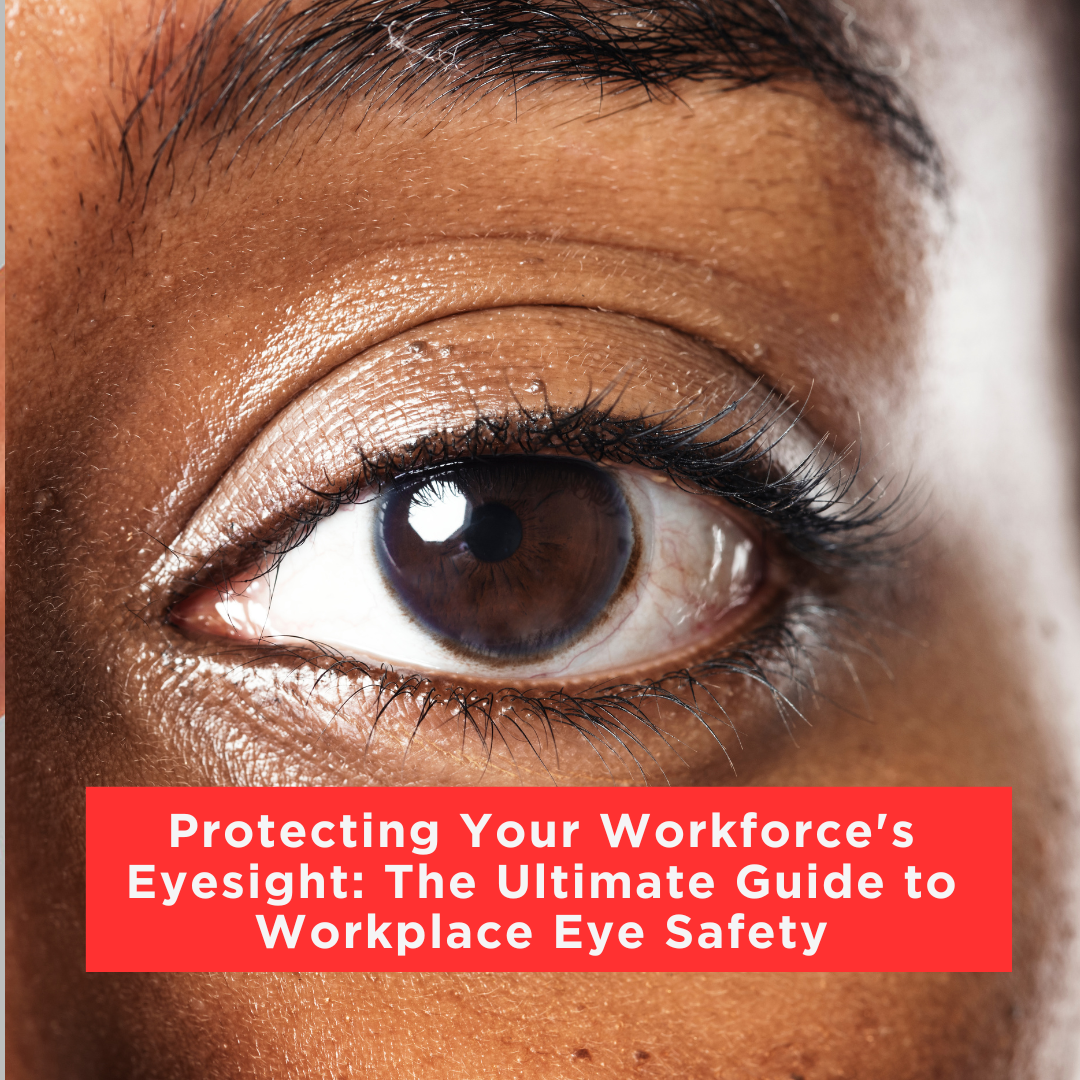Prioritizing workplace eye safety is fundamental to preserving optimal vision and overall well-being. Our vision is critical to our ability to navigate the world around us, whether in our personal or professional lives. Unfortunately, workplaces can harbor various hazards that put our eyesight at risk.
As stated in a recent 2023 press release by Prevent Blindness, thousands of workers experience job-related eye injuries annually, necessitating medical attention. Shockingly, a staggering 300,000 workplace eye injuries lead people to emergency rooms nationwide each year. In many of these cases, individuals either fail to wear safety eyewear, use ill-fitting eyewear, or do not have the appropriate protection for the specific task at hand. It is worth noting that approximately 90% of these eye injuries could have been avoided if the workers had made use of the appropriate eye safety tools.
Therefore, preserving and protecting this part of the body is critical. Whether you find yourself on a bustling construction site, in a state-of-the-art laboratory, or the comfort of an office setting, ensuring eye safety becomes an imperative mission to safeguard against injuries that could compromise your vision.
Understanding Workplace Eye Hazards
To adequately tackle and prevent eye injuries in the workplace, it is essential to gain a comprehensive understanding of the typical risks that can result in such incidents. These risks may vary depending on the specific nature of the job, but some universal hazards pose risks to eye safety in the workplace that employers, HR personnel and HSE officers and even employees should be aware of:
- Flying Particles and Dust: Jobs involving cutting, grinding, sanding, or woodworking create airborne particles that pose a threat to the eyes. These particles can enter the eyes, causing irritation or more severe injuries if not protected adequately.
- Chemicals and Irritants: Workplaces where chemicals are utilized, such as laboratories or manufacturing facilities, present a significant risk of eye injuries. Splashes or fumes from these chemicals can cause damage to the eyes if appropriate safety measures are not taken.
- High-intensity Light Sources: Certain job roles, such as welding or laser work, expose workers to high-intensity light sources. Without proper eye protection, prolonged exposure to such intense light can lead to temporary or even permanent damage to the eyes.
- Physical Impact: Construction sites, manufacturing plants, and any environment where objects are being moved or manipulated present the risk of accidental eye impact. Tools, machinery, or falling objects can cause severe injuries if the eyes are left unprotected.
To ensure workplace safety and protect employees’ vision, employers, HR personnel and HSE officers must address these common eye hazards and implement appropriate preventive measures.
Preventive Measures for Optimal Workplace Eye Safety:
To ensure the highest level of workplace eye safety, it is crucial to implement the following preventive measures:
Wear the Right Eye Protection: To prevent eye injuries, always wear suitable eye protection, like safety goggles, face shields, or safety glasses with side shields. Choose the right gear when working with particles, chemicals, or bright lights, ensuring a proper fit for full coverage.
Assess Workplace Hazards: Regularly evaluate your workplace for potential eye risks. Identify areas and tasks that could pose dangers to eye safety and take necessary precautions, such as installing machine guards, safety screens, or ventilation systems, to minimize exposure to harmful substances.
Related post: How to identify hazards in your workplace and avoid them
Promote Eye Safety Awareness: Educate your employees about the significance of eye safety. Provide training on how to use and maintain eye protection properly. Encourage open communication about any eye-related hazards or injuries to foster a safety-focused culture.
Establish Safe Work Practices: Encourage and enforce safe work habits. Encourage employees to take breaks during tasks that strain their eyes, like prolonged computer use. Ensure proper lighting conditions to reduce eye fatigue and promote regular eye check-ups to address vision concerns.
Keep the Workspace Organized: Maintain clean and tidy work areas to reduce clutter and the risk of accidents, such as tripping or falling objects. Properly store tools and equipment to minimize the possibility of objects that might affect eye safety.
Comply with Safety Regulations: Familiarize yourself with local eye safety regulations and industry standards. Also, ensure full compliance with these guidelines, provide the necessary equipment as well as resources to maintain a safe working environment.
Related post: Workplace ergonomics the complete guide
By adhering to these steps, employers and employers, HR personnel and HSE officers and even employees can collaboratively create a safer workplace that prioritizes eye safety and minimizes the risk of preventable eye injuries. Remember, taking proactive steps to protect your employees’ eyesight today will lead to a lifetime of healthy vision tomorrow. Safeguard your workforce’s eyesight, and they will thrive in a safe and productive work environment.
Medbury Value Fit, a subsidiary of Medbury Healthcare, offers a comprehensive range of top-notch safety gear across various sectors. From industrial workplaces to healthcare facilities, construction sites to laboratories, Medbury Value Fit is your trusted partner in ensuring the utmost safety for your workforce. Our products undergo rigorous testing and adhere to industry standards, guaranteeing reliability and performance.
Choose Medbury Value Fit for superior safety solutions that enhance productivity, protect lives, and elevate your organization’s safety standards. Experience the tranquility of having the finest safety equipment at your disposal.








No Comments